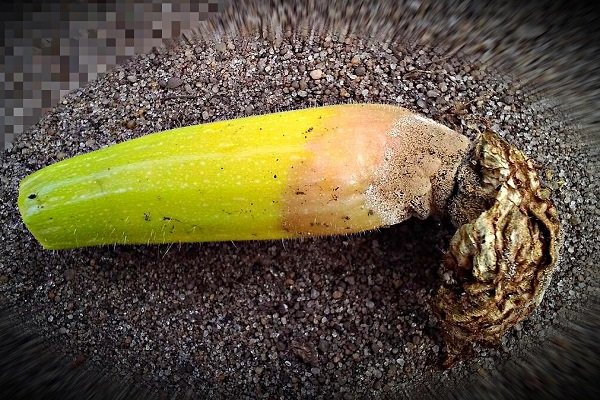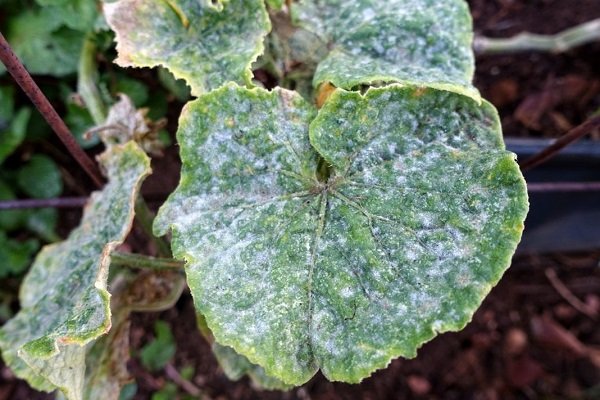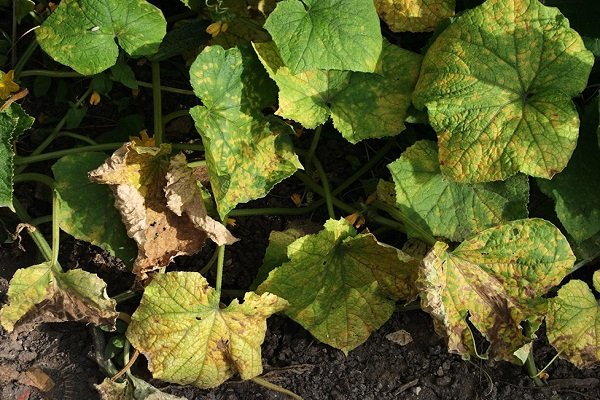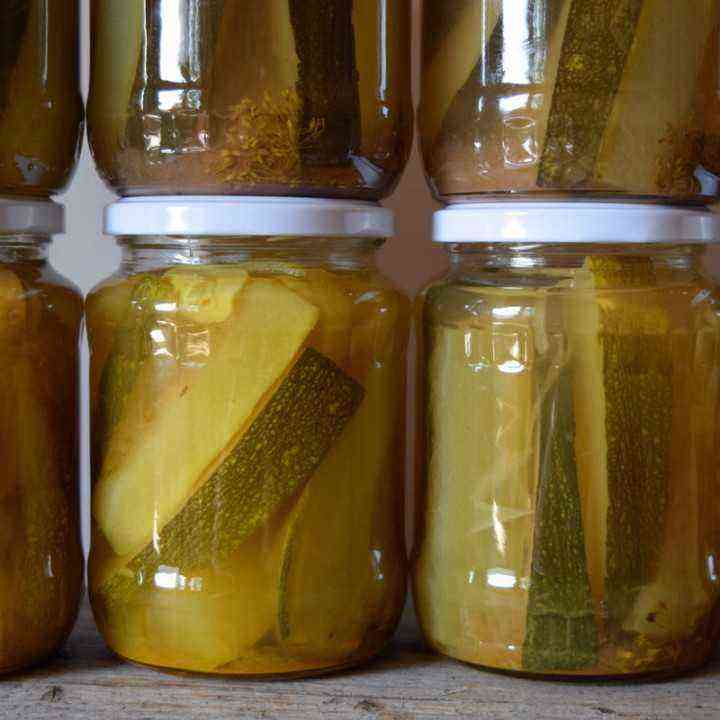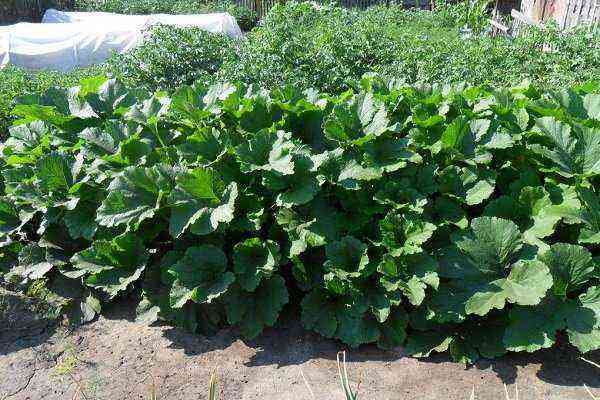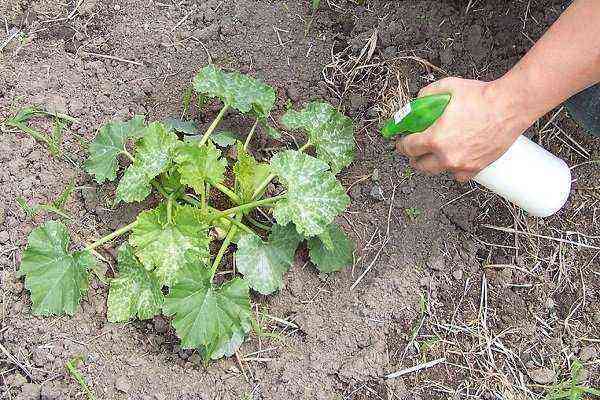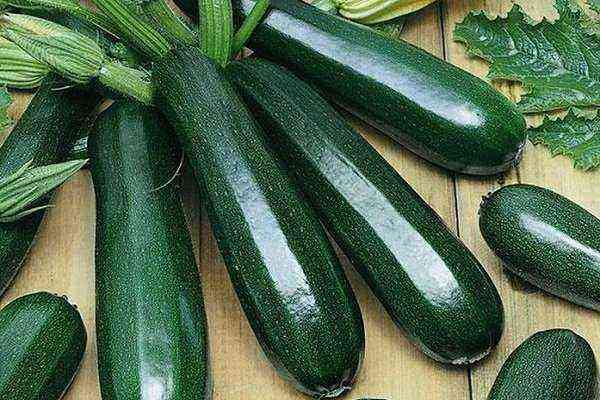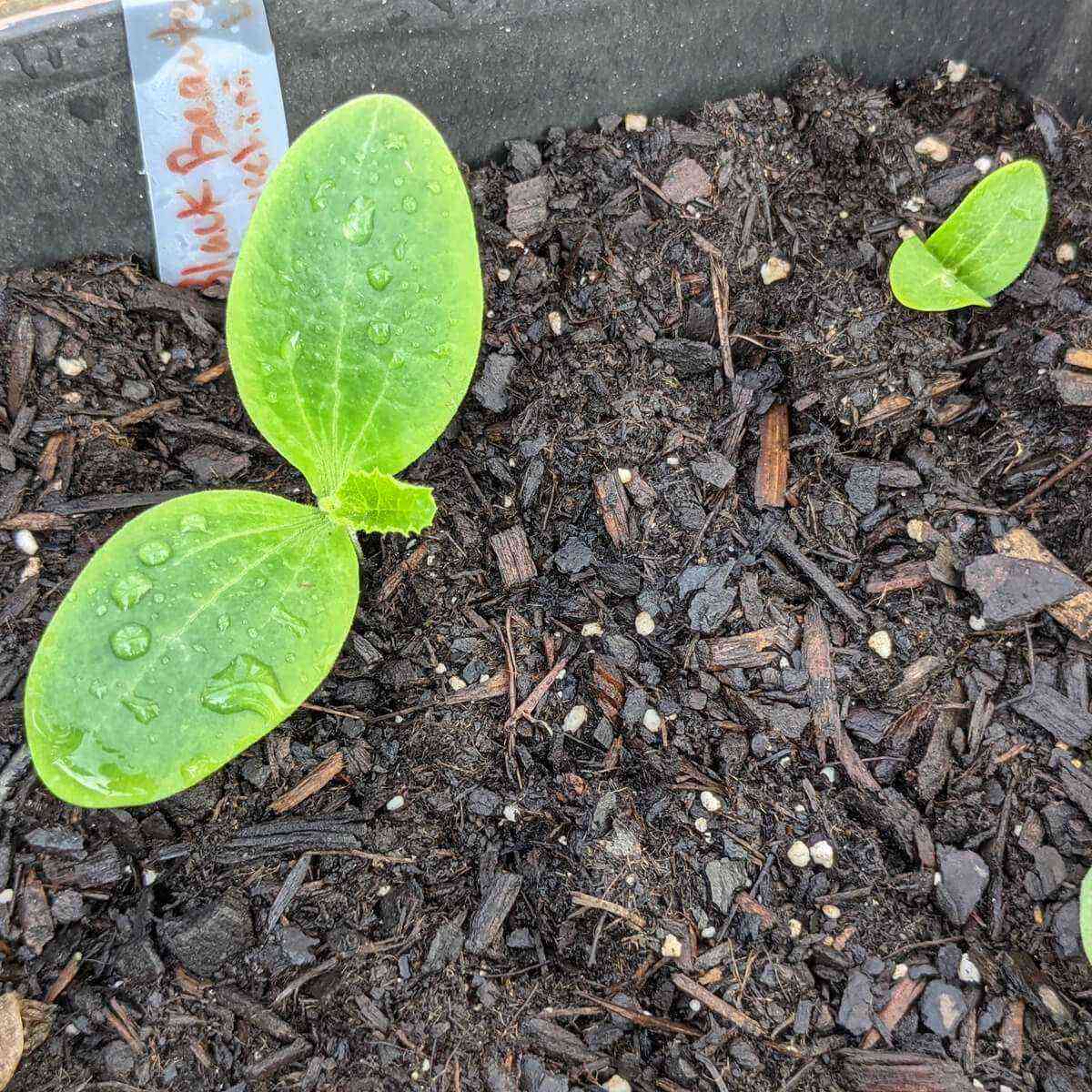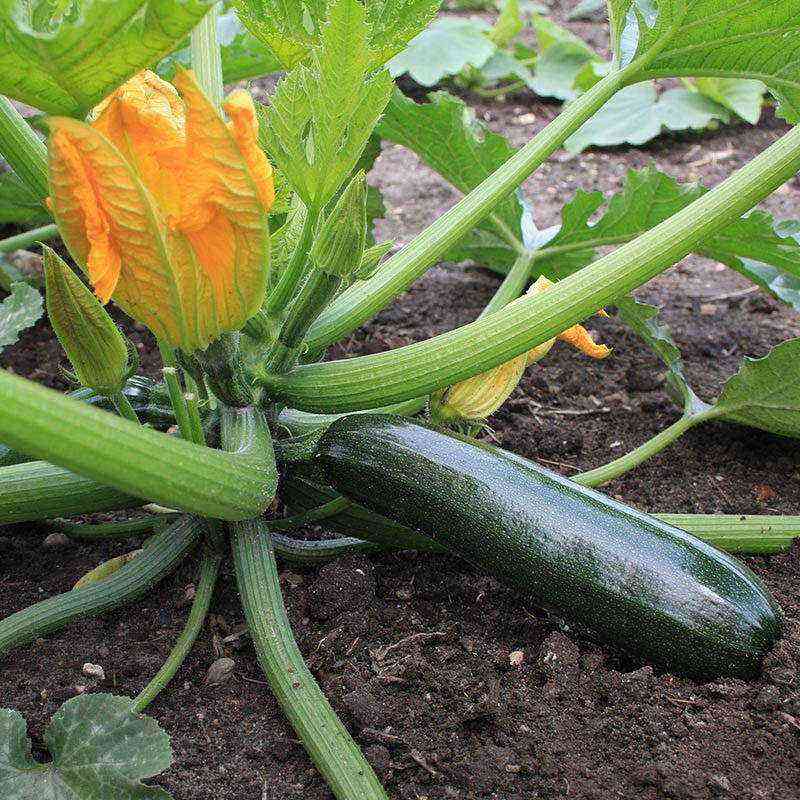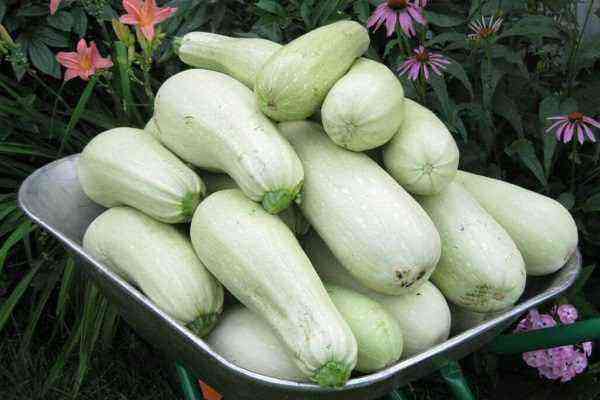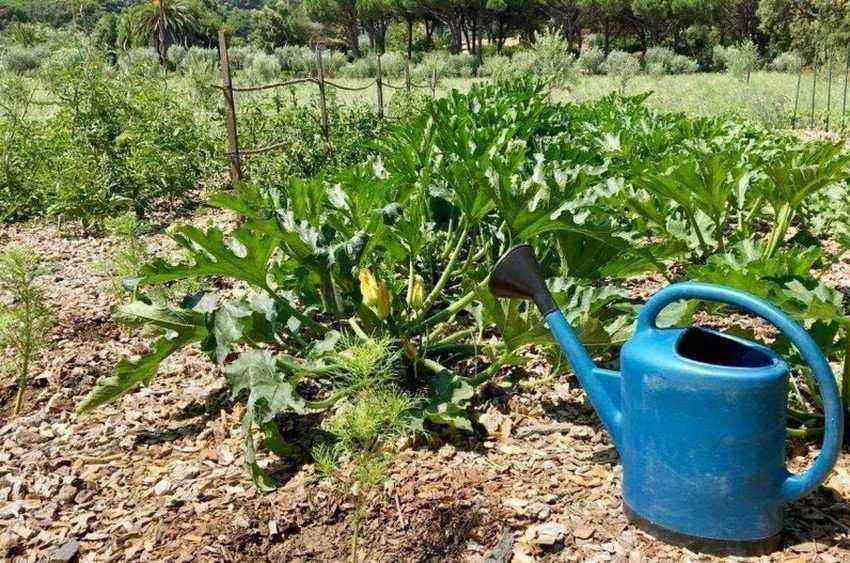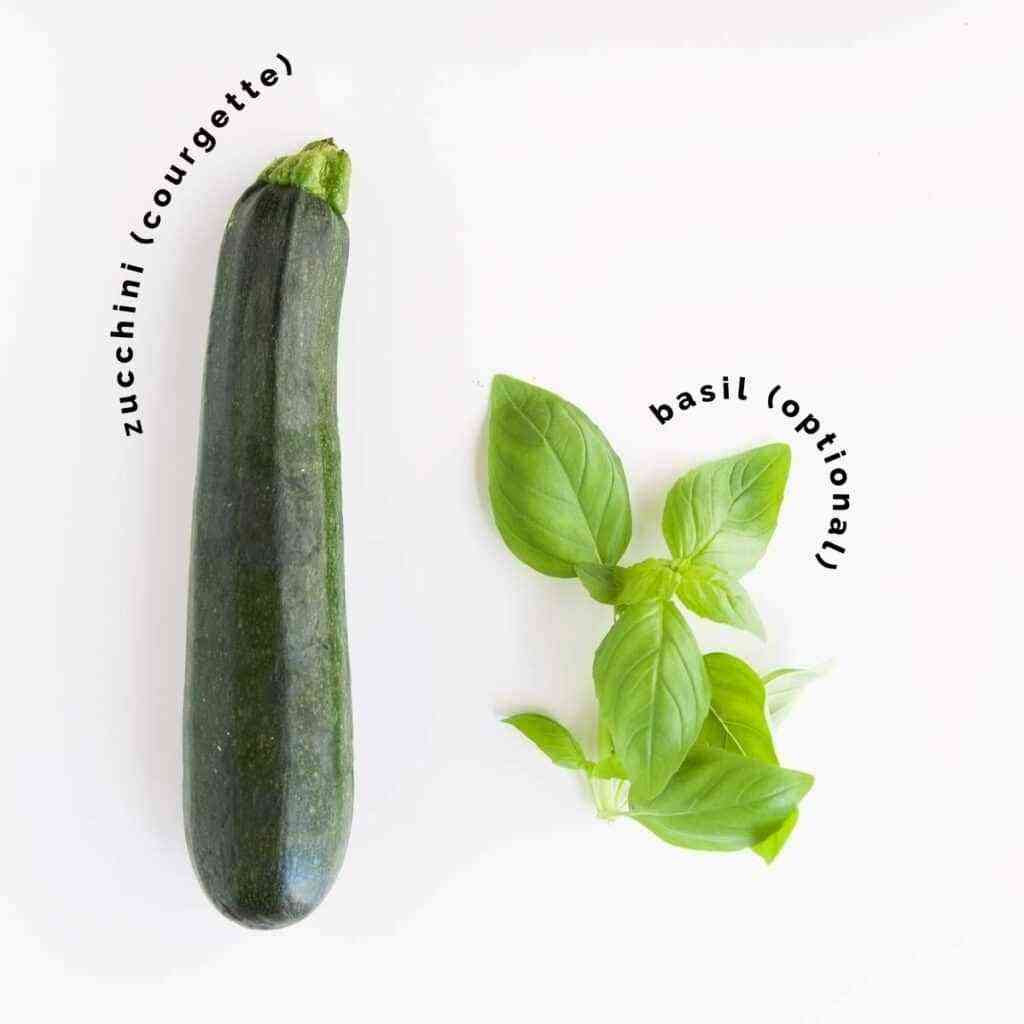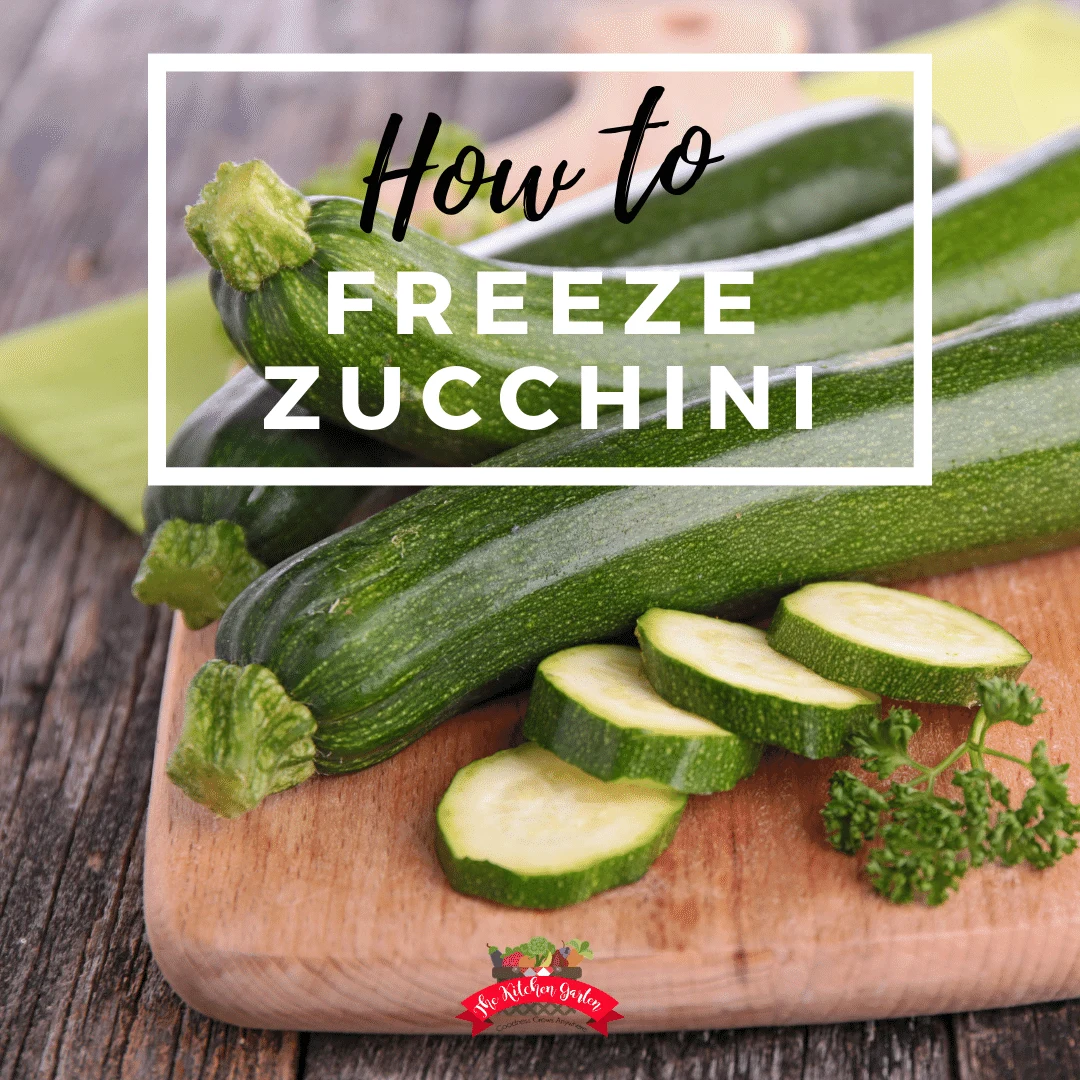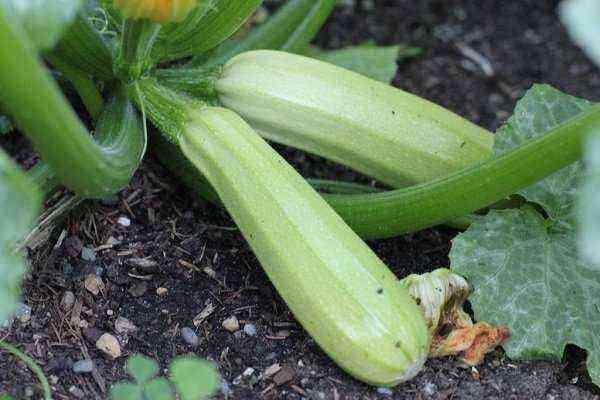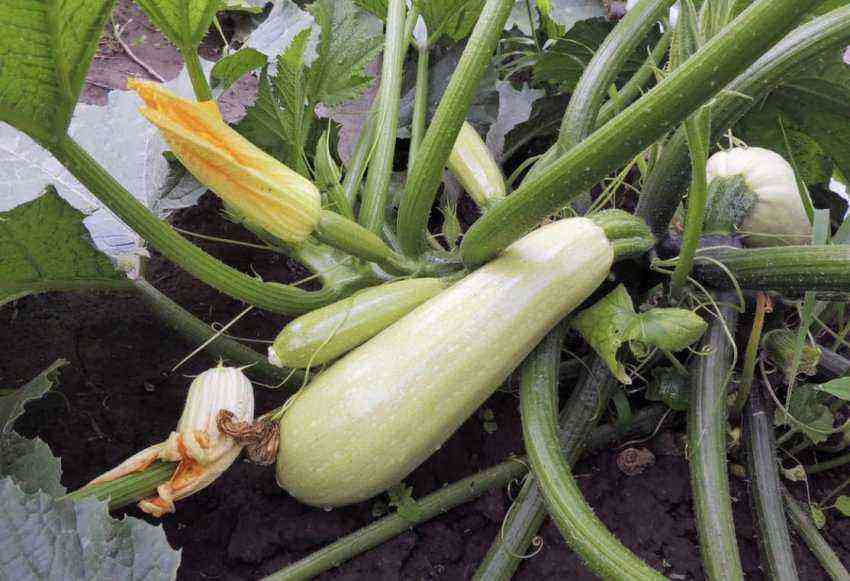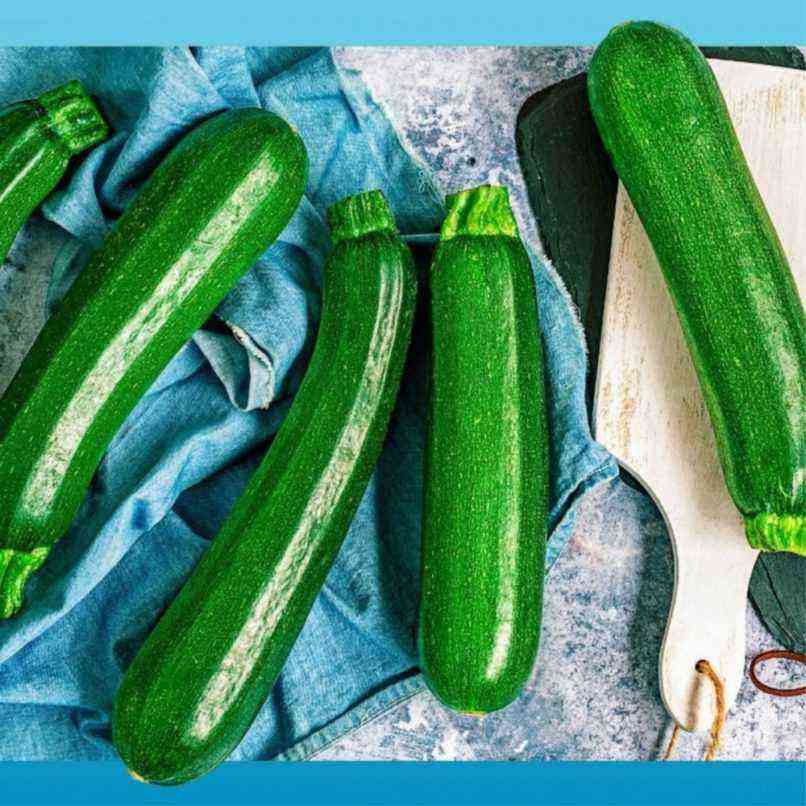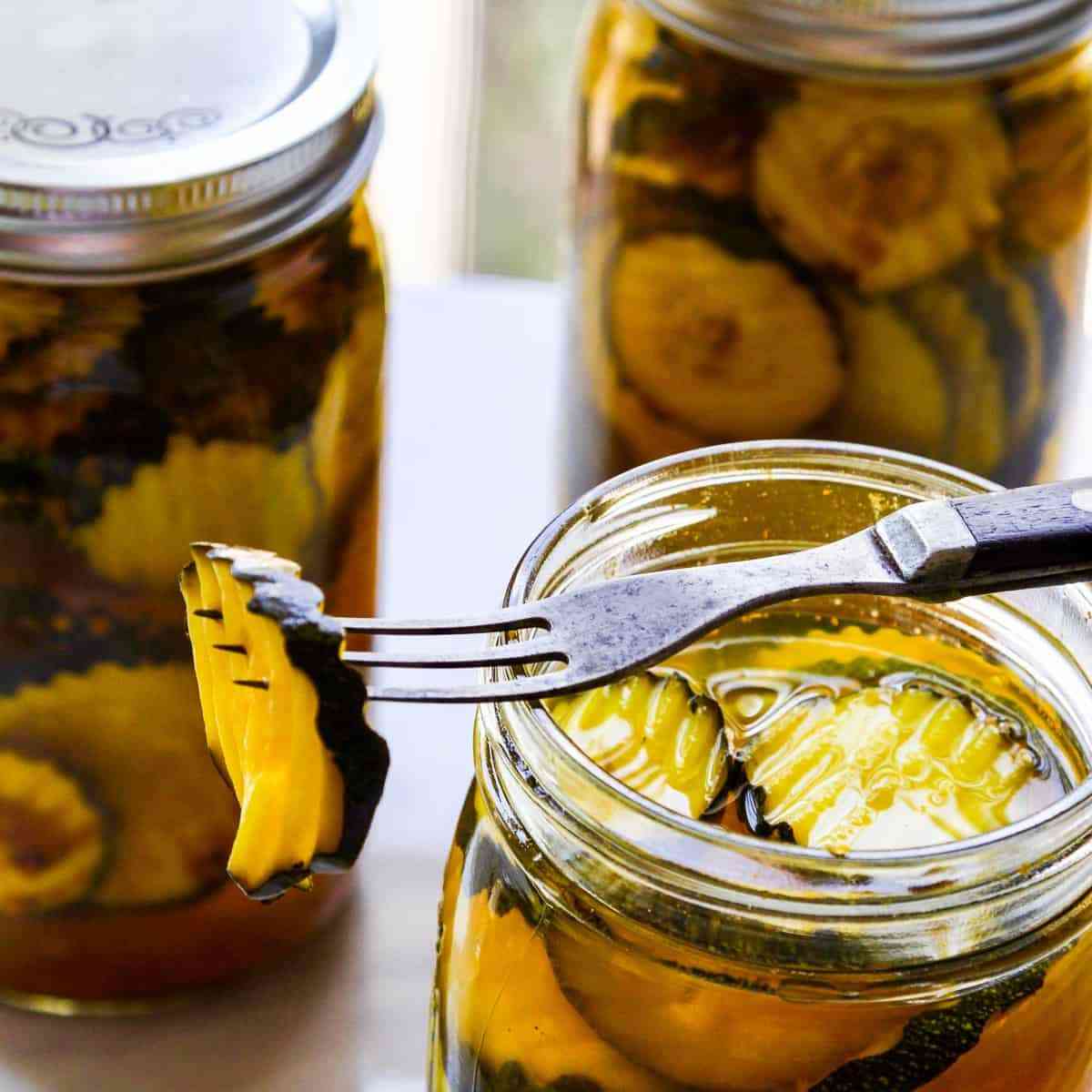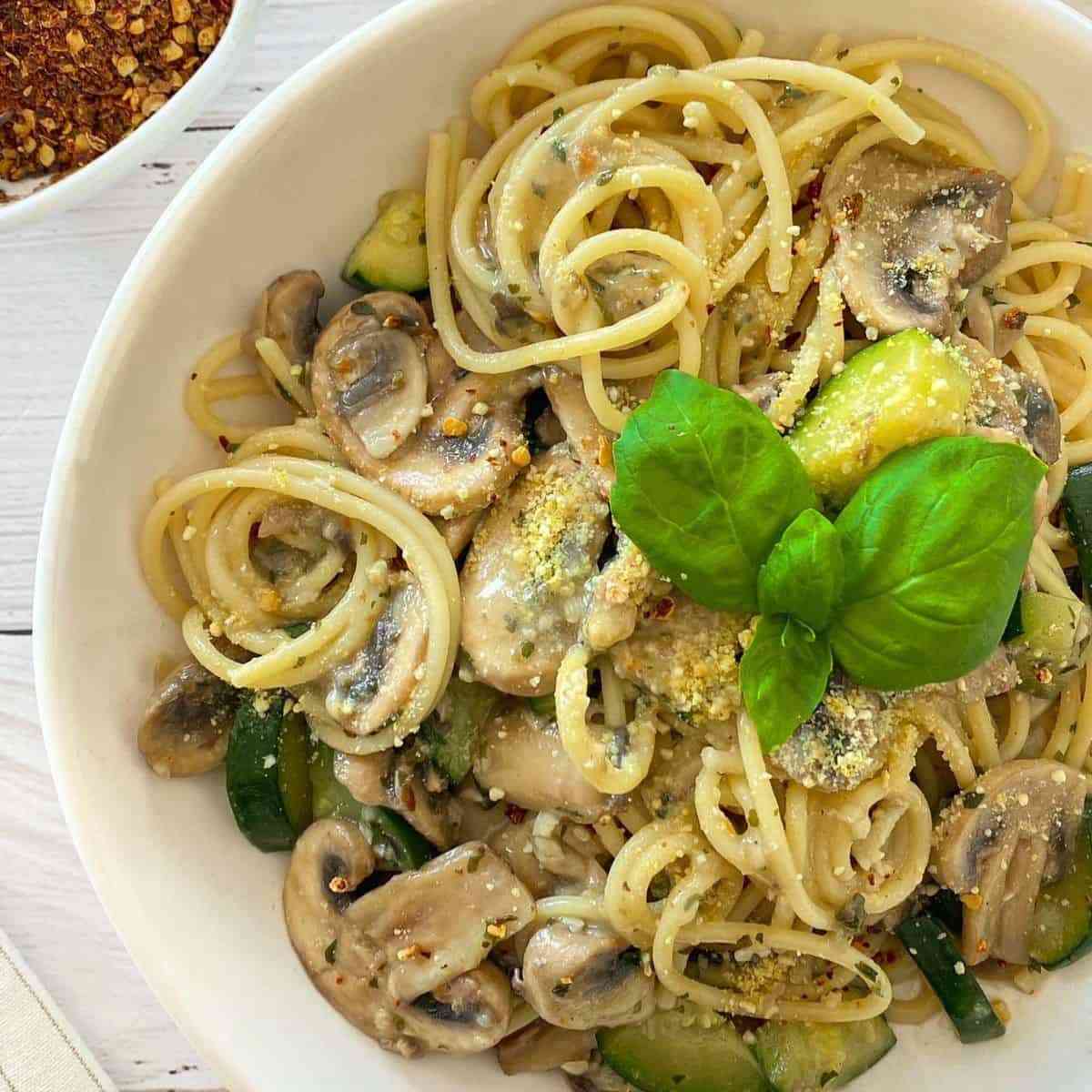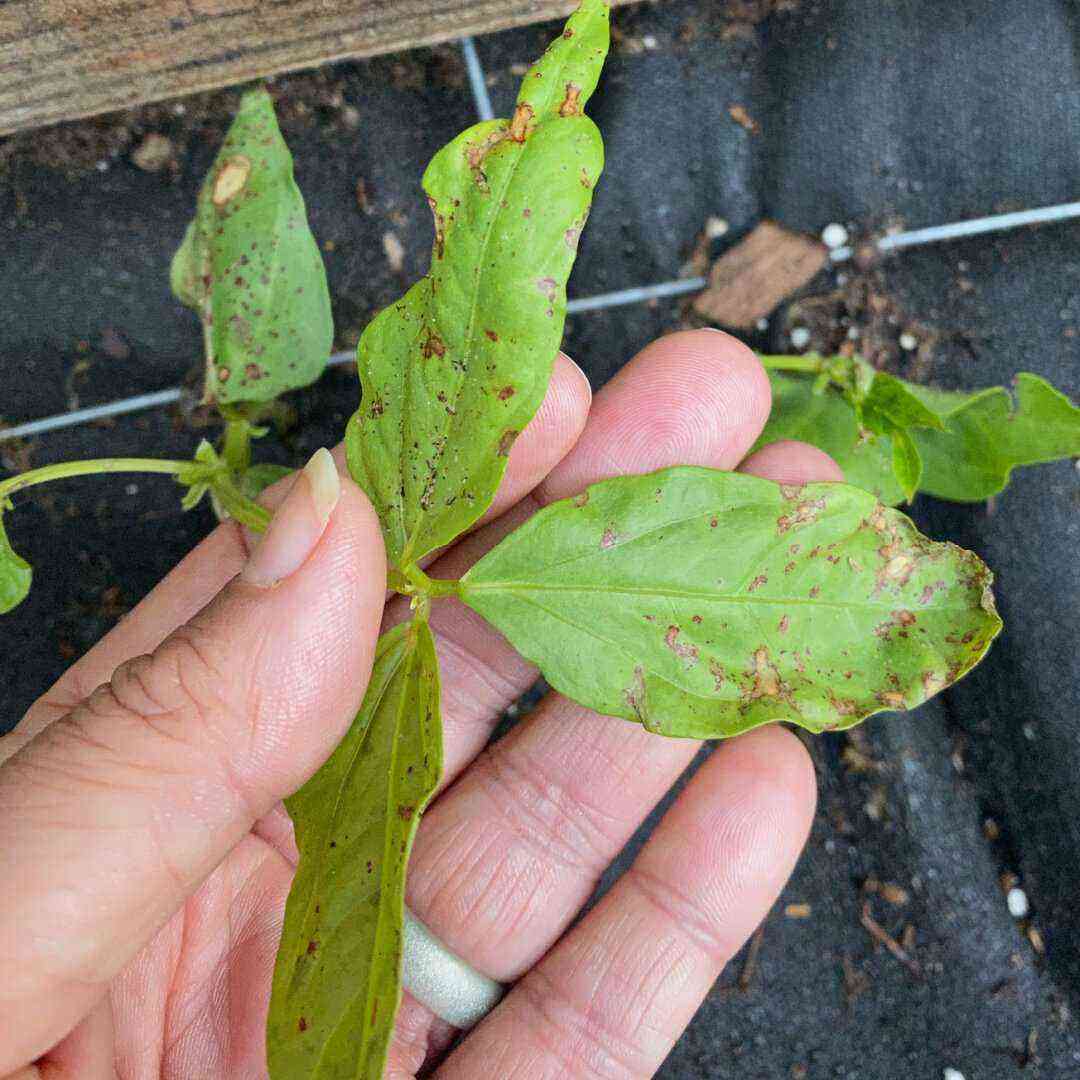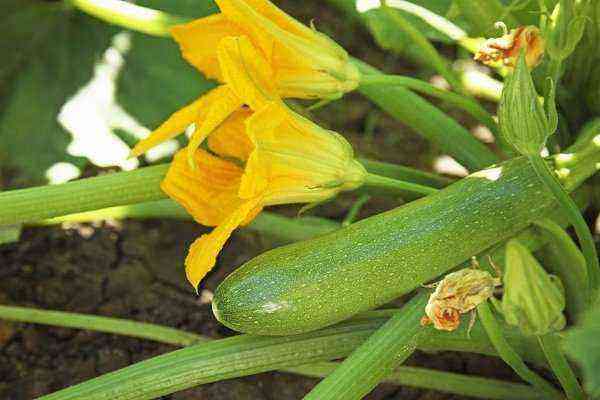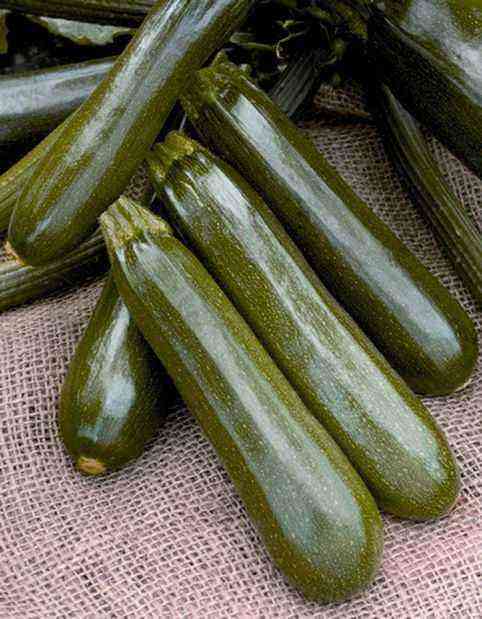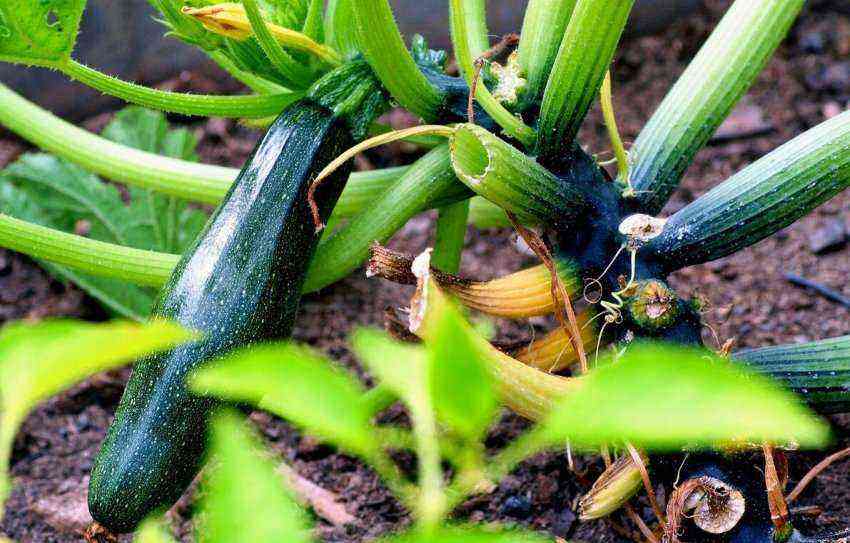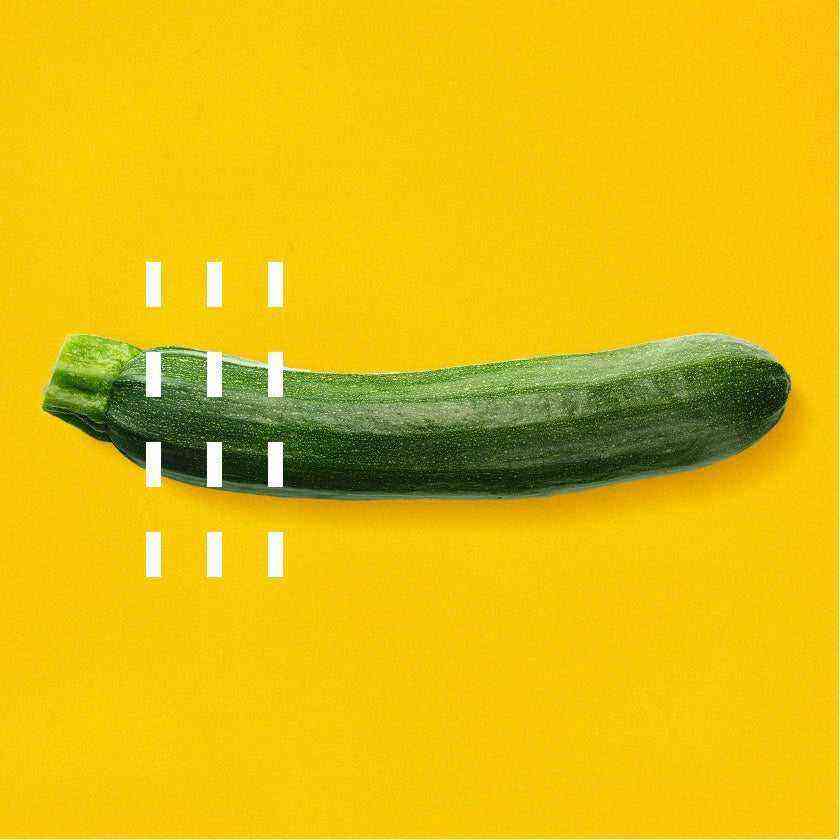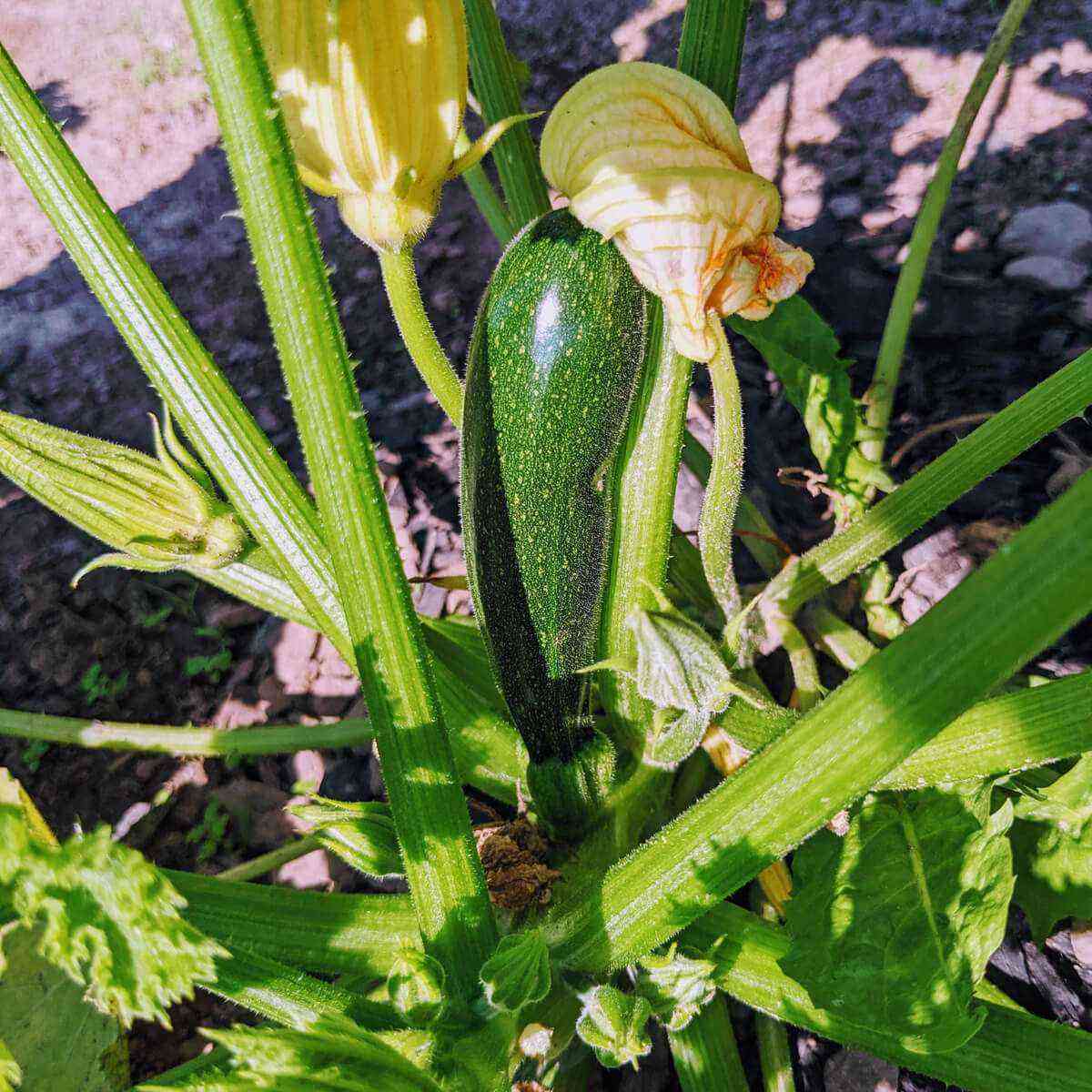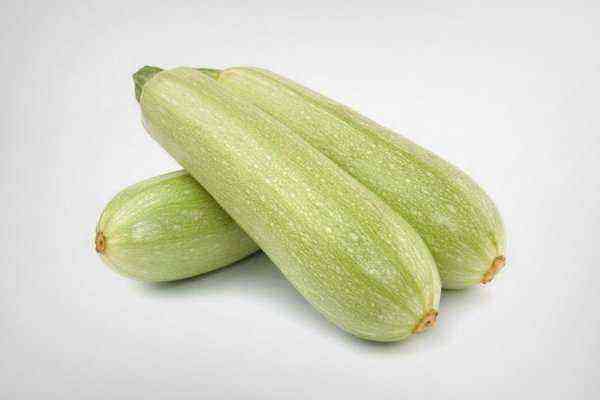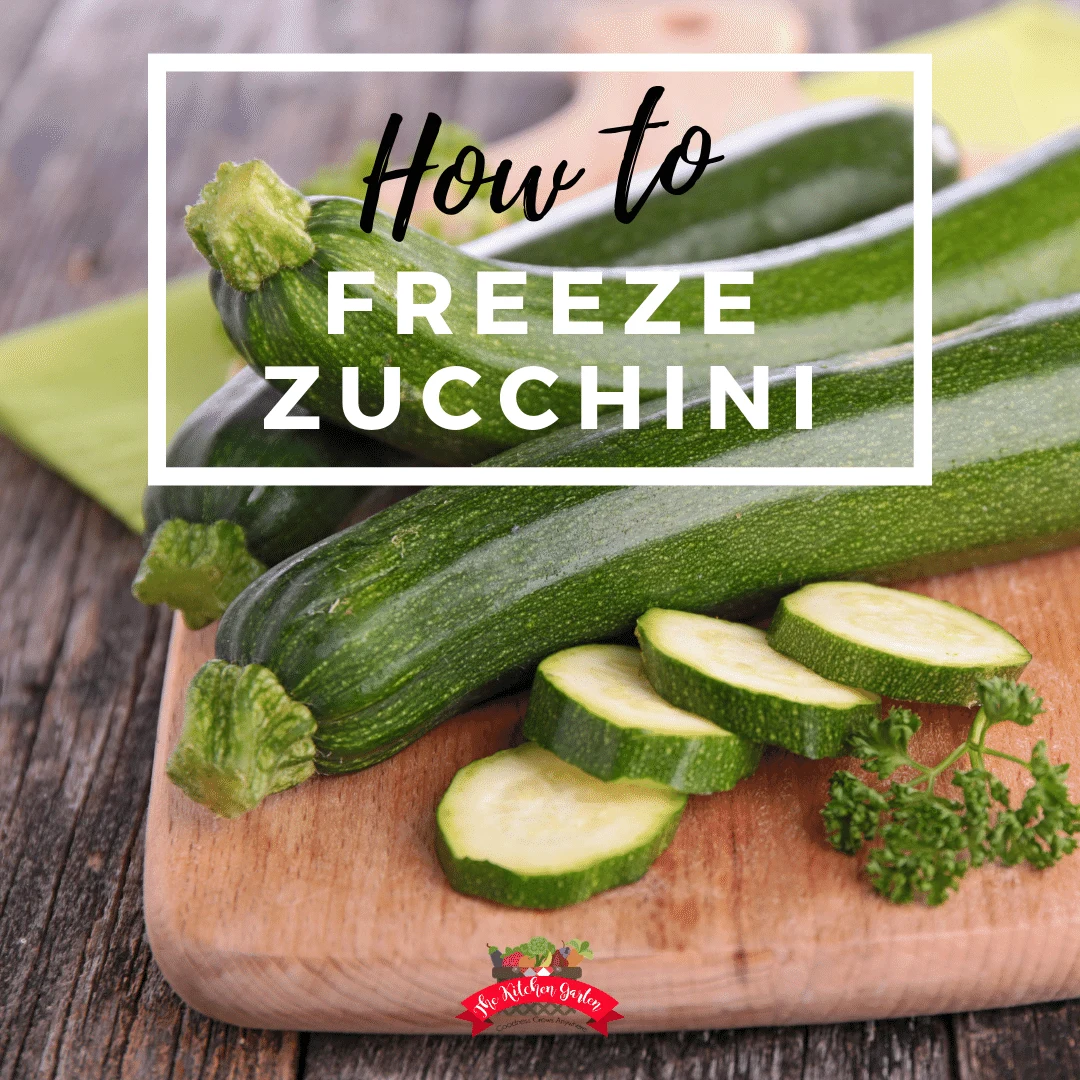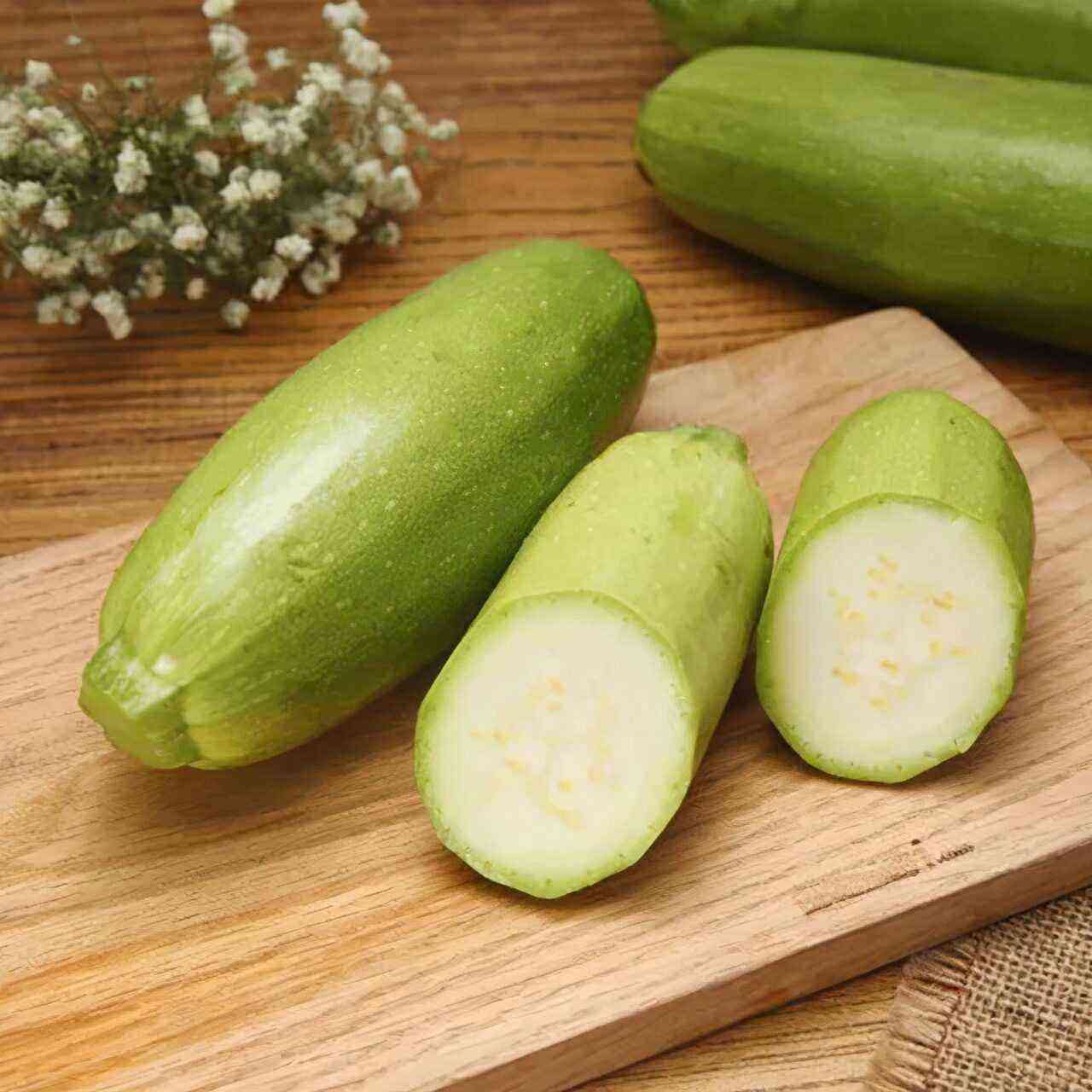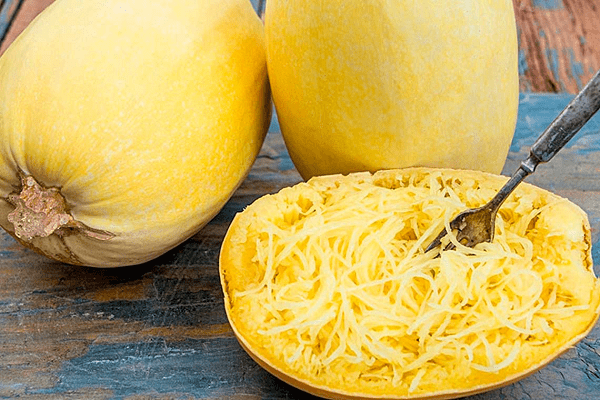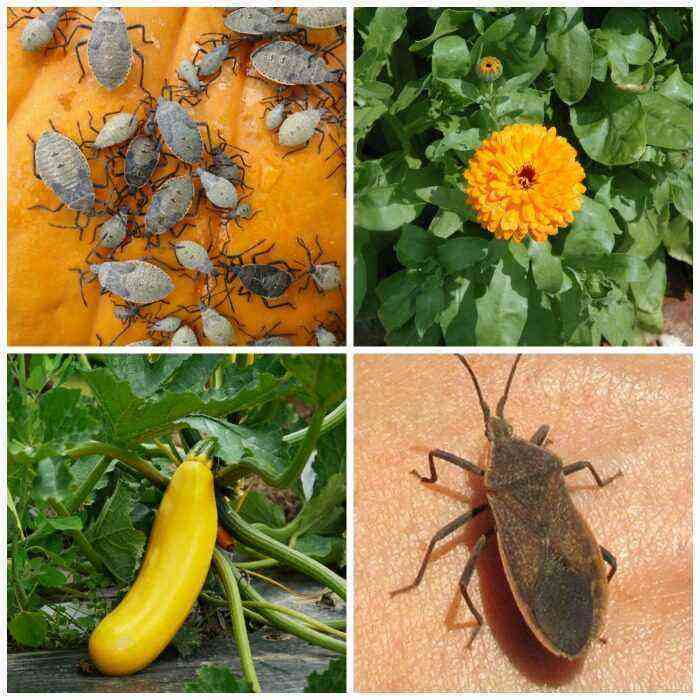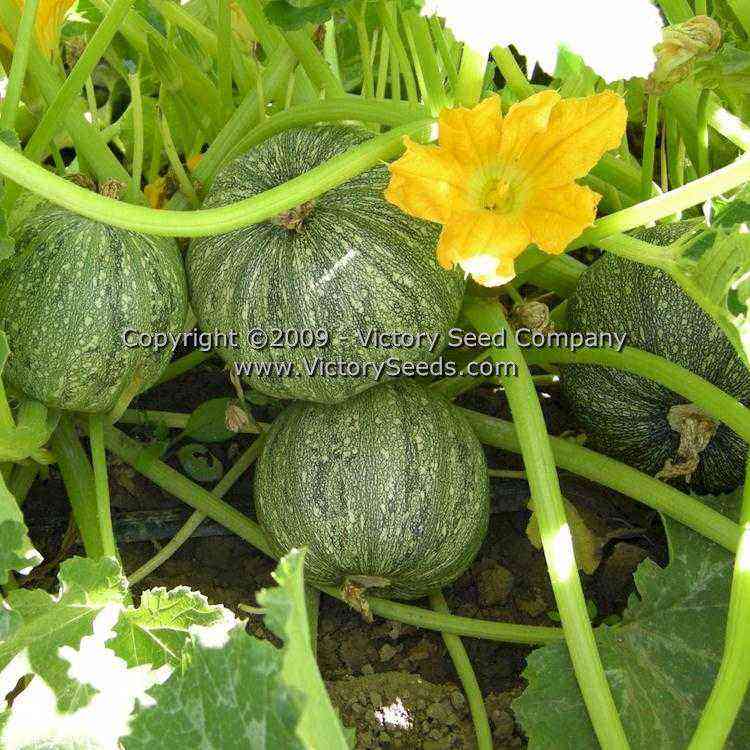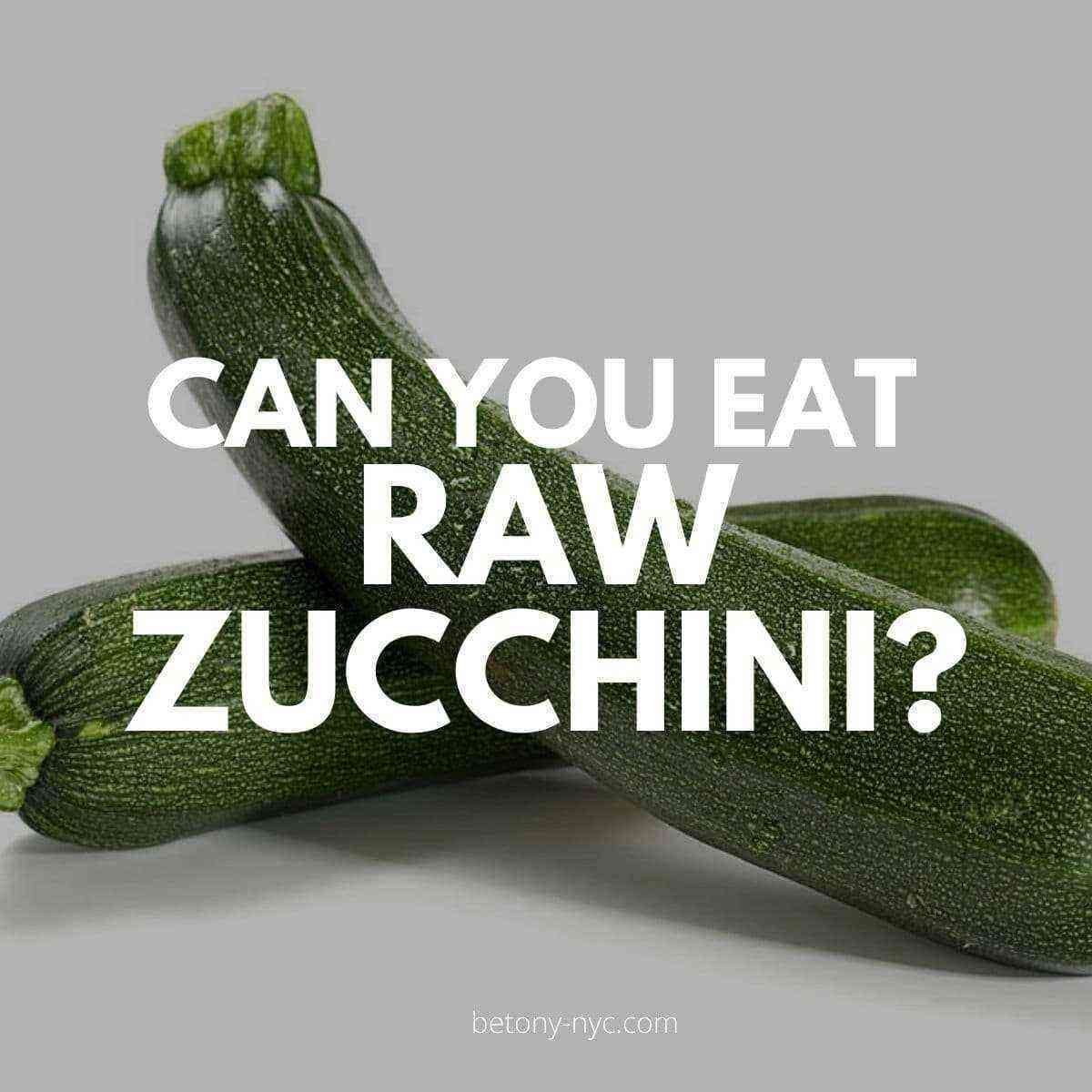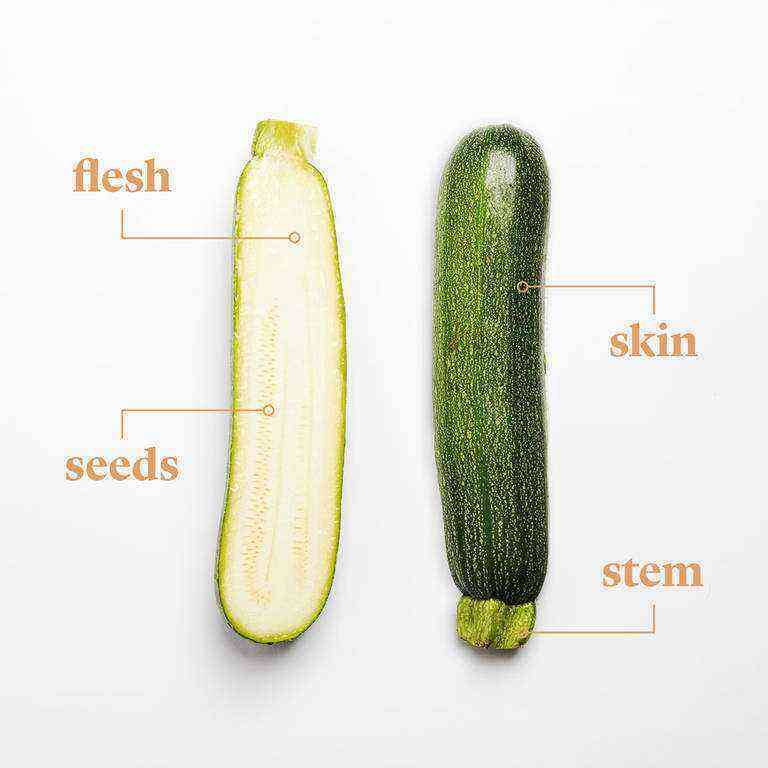Zucchini is an unpretentious and productive crop, but it has one big problem. In adverse weather conditions and in violation of agricultural practices, zucchini begin to rot intensely. Preventive measures help to avoid crop losses, aimed at preventing the conditions under which the fruits and aboveground parts of plants rot.
Why do zucchini rot in the beds and how to save the crop?
Zucchini grow quickly and are able to produce huge crops. It is enough to plant a few bushes to provide a large family with fresh zucchini and still make a bunch of blanks. But this culture is very sensitive to growing conditions, if they are unfavorable, the plants begin to rot.
Bad weather
Zucchini loves warm, moderately humid weather. They need a lot of sun, air, nutrition to grow. If it is cloudy outside and it rains for a long time, problems cannot be avoided – the fruits begin to rot, as the bushes are affected by various fungal infections and rot.
The lack of sun and coolness is the main factor in the decay of zucchini, since the plant weakens under such conditions, receives less nutrients and does not cope well with photosynthesis. Because of this, the bushes begin to hurt, rot and shed their ovaries.
The most severe consequences for zucchini occur after sudden changes in temperature – if during the day the heat reaches + 30 ° C or more, and at night it drops to + 10 … + 15 ° C.
How to prevent rotting zucchini:
- provide shelter from the rain;
- lay the ripening fruits on wooden boards or straw – so that they do not come into contact with damp earth;
- sprinkle the soil around the bushes and between the beds with mulch – straw, peat, humus, etc.;
- place plastic bottles of water or bricks around the squash beds – they will give off the heat stored during the day at night.
If the summer turned out to be damp and cold, it is recommended, without waiting for the fruit to rot, to install arcs over the squash beds and pull covering material over them. If there is a strong heat, it is better to cover the zucchini from the scorching sun.
How to cover zucchini:
- on rainy days – film;
- during the heat – light breathable lutrasil or spunbond.
Lack or excess of micronutrients
For zucchini, both poor and overly nutritious soils are harmful. Most crops bear fruit well on loose and fertile substrates. In zucchini on such soils, an uncontrolled growth of green mass begins.
Small bushes grow, become overly thickened. The sun practically does not penetrate under the leaves, it becomes damp there – dew accumulates, because of this, the fruits begin to rot.
If only the tips of the fruits rot in zucchini, they are cut off – to a healthy pulp, and burned. The cut place acquires a cork, dense structure, and the fruits continue to grow in mass.
How to deal with nutritional problems:
- Boron deficiency. It is recommended to spray the beds with a solution of boric acid – 2 g per 10 liters of water.
- Iodine deficiency. To make up for its lack, the bushes are treated with potassium iodide diluted in water – 2 g per 10 liters of water. Or they spray the bushes with iodine tincture diluted in water – 30 drops in 10 liters. The reason for the shortage is usually excessively hard water – it contains too much iron.
- Micronutrient deficiency. It is easiest to replenish it by applying complex fertilizers. 10 days after germination, zucchini is fertilized with a nutrient solution – 10 g of urea and 20 g of superphosphate are diluted in 50 liters of water. Top dressing is repeated in a week.
Strict adherence to the dosages and frequency of fertilization will help prevent an overabundance of nutrition, and additional feeding will help prevent a shortage.
Unsuitable site
The development, health and productivity of zucchini largely depends on the characteristics of the site on which the crop is planted.
Requirements for planting zucchini:
- Lighting. There should be a lot of sunlight on the site, in shading the culture grows poorly and bears fruit, gets sick and rots.
- Air. Zucchini can not stand strong winds and drafts. It is advisable to plant them near a wall or fence, otherwise the plants will be affected by diseases that lead to rotting of the fruit.
In order for zucchini to give a good harvest and not rot, plant them on the north or east side of the potato rows.
dense plantings
In any soil – open or closed, rotting of zucchini occurs due to close planting. In thickened beds, even in good weather, the fruits rot and part of the crop is lost. Broad leaves block the access of light and oxygen to the ovaries and fruits, this causes their rot.
How to solve the thickening problem:
- cut off excess leaves periodically – those that cover the central part of the bush or cover neighboring bushes;
- if cutting leaves does not solve the problem, thin out the bed – it is better to sacrifice individual bushes than to lose the entire crop.
To prevent the problem of thickening, the recommended intervals between plants and rows should be observed immediately. With a square-nested planting scheme, the distance between the bushes should be at least 0,5-0,7 m.
Violation of crop rotation rules
Zucchini should not be planted after related crops. They take the same nutrients from the soil and suffer from the same diseases. It is not recommended to plant zucchini in one place for more than 4 years in a row.
If you want to plant a crop in a convenient and familiar place, you should periodically sow green manure on it – wheat or oats, which cleans the soil well from harmful elements left by plants.
Crops after which it is not recommended to plant zucchini:
- watermelons;
- melons;
- cucumbers;
- pumpkin.
Nightshade crops are considered good predecessors for zucchini – tomatoes, eggplant or potatoes, onions, root crops – carrots or beets, as well as all kinds of greens – lettuce, spinach, dill and others.
What crops do you plant zucchini after?
After tomatoes, eggplant
13.33%
After onions, carrots, beets
60%
I don’t think, I plant where I want
26.67%
Show results
Voted: 15
Violation of the irrigation regime
High humidity is the most common cause of rotting zucchini. If the weather is rainy, any part of the plant runs the risk of rotting. A similar situation is observed with too frequent watering. Especially often on waterlogged beds, fruits rot.
How to properly water zucchini and what to do to prevent rotting:
- water the beds on time, preventing the soil from drying out or waterlogging;
- after watering, the soil should be soaked 40 cm deep;
- the average watering rate is 20 liters of water per adult bush;
- the standard frequency of watering is in normal weather conditions, once a week;
- use for irrigation only warm, heated in the sun, and settled water – cold water provokes diseases;
- water the bushes only under the root, do not pour water from above;
- pour water carefully, as a powerful jet erodes the ground above the roots;
- thin out beds and plants to avoid the greenhouse effect.
If, due to prolonged rains, the soil is too wet, it is recommended to loosen it as soon as possible or even dig it up a little with a shovel. Then the moisture will evaporate faster, and the roots will receive the right amount of oxygen. If there are weeds, it is recommended not to weed them temporarily until the soil dries.
Insufficient pollination
Unsuccessful pollination of flowers can also cause rotting of zucchini – first of all, ovaries and fruits are affected. In rainy summers, it is extremely difficult to do without artificial pollination.
How to solve a problem:
- Pick a male flower and pluck off the petals on it.
- Make sure the pollen is ripe – it should be fluffy.
- Use a cotton swab or brush to collect pollen from the male flower.
- Transfer the collected composition to the stigmas of female buds.
If the procedure is carried out correctly, the ovaries will begin to grow. One male flower is enough to pollinate 3-4 female flowers.
Artificial pollination is recommended in cool weather or in the morning.
It is recommended to plant flowers with bright and fragrant buds near squash beds – so that they attract bees, bumblebees and other pollinating insects.
Fungal diseases
Rotting of zucchini, fruits and other parts of the bush is usually caused by fungal diseases – downy mildew or peronosporosis, bacteriosis, anthracnose, fusarium, mosaic. But most often, zucchini rot due to powdery mildew or vertex rot.
Vertex Rot
This disease primarily affects the leaves, and then the ovaries. Affected parts of plants are deformed, wrinkled, rot and fall off. Potassium deficiency is the main cause of blossom end rot.
How to fight:
- To make up for the lack of potassium. Bushes are fed with potassium nitrate or other fertilizer containing this element;
- For prevention purposes. As well as increasing immunity against blossom end rot, plants are poured with a weak solution of iodine – 3 drops per 10 liters of water are enough. The solution can not only be poured under the root, but also used for foliar top dressing (spraying).
Mučnistaâ rosa
The main sign of powdery mildew is an off-white coating on different parts of the plant – leaves, flowers, stems. First, small round spots appear, which, merging, cover the entire surface of the leaf plates with a touch.
The leaves turn red over time, then blacken, dry out and die. If the lesion is severe, the disease spreads to the ovaries and fruits. Depressed, softened areas appear on the latter.
Powdery mildew causes:
- high humidity;
- prolonged rains;
- watering with cold water;
- temperature drops.
How to deal with powdery mildew:
- Garlic infusion. It is prepared from chopped garlic, infused in water. For 10 liters – 4 medium heads. Plantings are sprayed with the resulting infusion.
- Exclusion of nitrogen. Instead of ammonium nitrate, phosphorus and potassium are added under zucchini, since nitrogen contributes to the development of fungal diseases. It is recommended to apply it in autumn and early spring in moderation.
- resistant varieties. This is the easiest and most reliable way to prevent fungal diseases in general and powdery mildew in particular.
- Destruction. Severely affected bushes are pulled out and destroyed. It is advisable to burn them to kill the fungus and its spores.
- Spraying Plants with minor lesions can be saved. The sooner treatment is started, the greater the chance of saving the bushes. Spray the plant with preparations containing copper – Bordeaux mixture and a solution of copper sulfate.
Before spraying, the affected parts of the plants are removed. Processing should be carried out at least a month before harvesting the fruit. If the lesions are strong, the bushes are treated with powerful fungicides – Topaz, Ridomil or their analogues.
Peronosporoz
The second name for this fungal disease is downy mildew. Peronosporosis begins with the appearance of oily spots of a greenish-yellow color. Over time, they become gray-brown, often with a dirty white coating. Affected leaves appear scorched and dry out over time.
How to fight:
- plantings are treated once with sulfur- and copper-containing preparations – Thiovit Jet and Bordeaux liquid, respectively;
- the second time other drugs are used, since the fungus quickly gets used to sulfur and copper, you can sprinkle zucchini with HOM, Trichoderma Veride or analogues;
- zucchini can be sprayed with a simple folk remedy – soda ash, it is diluted in water – 2 tbsp. l. for 10 l.
Why do small zucchini rot on a bush in a greenhouse?
In the greenhouse, zucchini rots for the same reasons as in the open field. But here it is much more difficult to maintain favorable conditions for zucchini.
Causes of rotting zucchini in closed ground:
- Untimely ventilation. Greenhouses and greenhouses often lack fresh air and become too humid and lack fresh air.
- Lack of nutrients. Rotting of small fruits in a greenhouse is often due to nutritional deficiencies. Potassium-phosphorus top dressing is especially important at the stage of ovary formation – if you do not feed the plants on time, zucchini is prone to rotting.
- Sun deficiency. This situation can occur if the greenhouse is not properly located or if the plantings are too dense.
- Too much organic matter in the soil. If the gardener overdoes it with the introduction of manure or humus, the plants vigorously increase their green mass and rot.
- Disease. In closed ground, a favorable environment is often created for the development of fungal diseases. Zucchini in greenhouses and greenhouses can be affected by powdery and downy mildew, white top rot and other diseases.
- Improper watering. Waterlogging of the soil, leading to stagnation of water.
- Lack of pollination. There are always problems with pollen transfer in greenhouses. If insects do not fly here, the flowers rot and contribute to the spread of rot. Planting self-pollinated varieties or artificial pollination helps to avoid the problem.
If the flaws of agricultural technology are not eliminated in time, the bushes risk dying. If fruit decay has begun, the chances of saving plants and crops are drastically reduced.
Rotting ovaries
There are situations when rotting begins even before the fruits appear – the ovaries do not grow, but simply turn yellow and rot immediately after the flowers die. The ovaries rot mainly due to the same reasons as the fruits – violations of the watering and nutrition regime.
But there are several other factors that cause ovary rotting:
- The flowers have not been pollinated. This situation is often observed in inclement weather – it prevents the arrival of bees to the beds. If the gardener has not pollinated the flowers artificially, the ovaries die off and fall off.
- Yellowing and death of leaves. They rot, and the fungal infection travels fairly quickly to the ovaries, causing them to rot. Weekly removal of lower leaves in contact with the ground helps prevent the problem. Cut them off with a pruner or a sharp knife.
- Rotting flowers. Buds that have finished flowering often remain on the “spouts” of young fruits. If it starts to rain, the limp petals absorb water like a sponge, rot and infect small squash.
The buds that have finished flowering must be cut off in time, sprinkling the places of separation with ash – it contributes to the formation of a protective film that prevents excess moisture from entering the fruit. When removing the buds, it is important not to cut off the living inflorescences – maybe the ovary has not yet been pollinated, so there is no need to rush.
Zucchini rot on the vine – what to do?
If ovaries or even fruits rot in zucchini, the situation is fixable – by removing the rotting parts and treating the bush with appropriate solutions, you can hope for a harvest.
Another thing is the rotting of the bush. If the roots and stems are affected, there is nothing you can do to help the plant. It remains only to tear out diseased bushes and destroy them as soon as possible – so that the infection does not spread to healthy bushes.
preventive measures
Rotting processes always lead to crop losses. Sometimes a gardener only loses some part of it, and sometimes 100%. If pathological processes are running, it will not be possible to avoid losses. That is why it is recommended not to deal with the consequences of improper agricultural practices and other negative factors, but to take preventive measures.
Preventive measures:
- Ventilate plantings. Cut off the lower leaves in contact with the ground in time. Without waiting for rotting, cut them off with a knife. Leave petioles 4 cm long.
- Spray the bushes. 24 hours after trimming the leaves, treat the beds with greenery diluted in water – 1 tsp. for 10 l.
- Rejuvenate bushes. Throughout the growing season, thin out the plants by removing old leaves – this will not only prevent rotting, but also prolong fruiting.
- Protect. In rainy and cool weather, cover the beds. You can stretch the film on stakes or use any other method. The canopy will protect the planting from moisture and at the same time maintain air circulation.
Useful Tips
Experienced gardeners know all the “weak points” of zucchini, so they can avoid rotting bushes, ovaries, and fruits without any problems. By listening to their advice, beginners can also keep the crop from rotting and get a good harvest.
Tips from seasoned gardeners:
- Zucchini do not pollinate well if the central leaves of the bush are closed. The problem is solved simply – tear off the leaves that interfere with pollination and the penetration of the sun.
- When applying fungicides, strictly follow the instructions. And also the dosage, otherwise you can harm the leaves – they will get chemical burns.
- Do not be lazy after watering to loosen the aisles. This simple agrotechnical measure allows you to provide oxygen to the roots of plants and even reduce the frequency of watering. Along the way, weeds are also destroyed – they are not only a source of diseases and pests, but also take away some of the nutrients.
- Fight insects. Their activity can also provoke decay. In particular, a similar problem occurs with the invasion of slugs that crawl at night on the leaves and fruits of zucchini.
To scare away voracious pests, plant odorous plants next to squash beds:- mustard;
- lavender;
- sage;
- garlic;
- hot pepper.
- Remove the fruits from the bushes in time. Don’t wait for them to grow and rot. In addition, overgrown fruits lose their taste.
The main cause of rotting zucchini is high humidity. It is she who, most often, causes fungal diseases and starts putrefactive processes. If preventive measures are carried out in time and the causes of rotting are eliminated, in most cases it is possible to save the crop.

